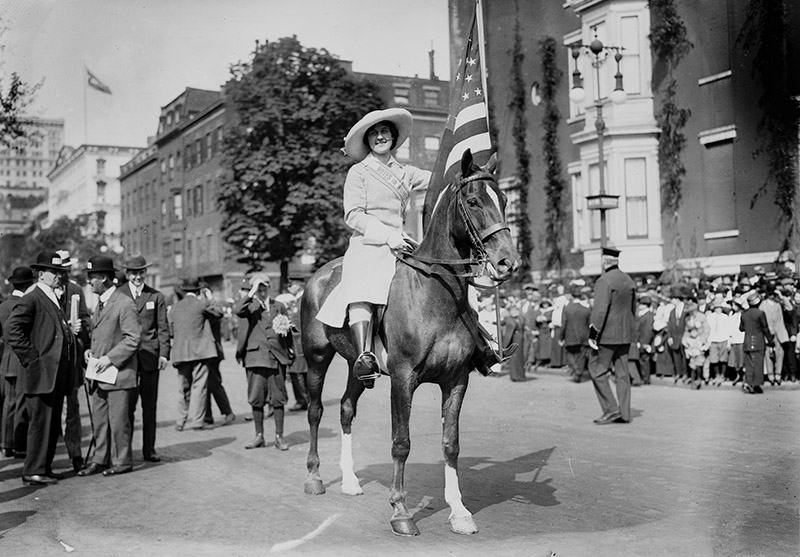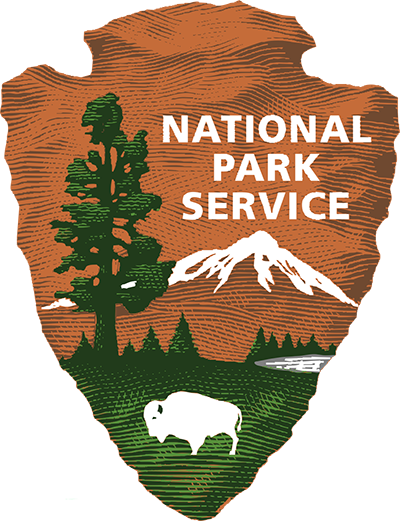Women’s Suffrage

Inez Milholland, who is buried in Lewis, New York, spearheaded the suffrage movement in New York and nationally. Photo: Library of Congress.
While the United States celebrates the 101st anniversary of women’s suffrage in 2021, the native people of the Champlain Valley practiced that right for many centuries. Long before the Europeans came to the Champlain Valley, Mohawk women had a say in how a band or tribe governed themselves. Women selected their chiefs and could veto an act of war.
Europeans, on the other hand, did not allow women to participate in democracy for hundreds of years. Early male colonists did not allow their sisters, wives, and daughter to participate in official decision making, or elections. The framers of the U.S. Constitution simply did not include women in the conversation and the country’s subsequent operations until success was seen from the suffrage movement in the twentieth century.
In Quebec, women with property had a say, until their right to vote was taken away in the mid-19th century. Transportation improvements in the 1800s enabled the idea that both sexes should be able to vote on how they were governed and how that government should act. Women became mobilized—and a few national leaders have their roots right here where Native American women had always participated in their government.
The Champlain Valley National Heritage Partnership is sponsoring programs to mark the 101st anniversary of the 19th Amendment of the U.S. Constitution in 2021. Partners are hosting events this summer to celebrate the watershed moment in American history.

